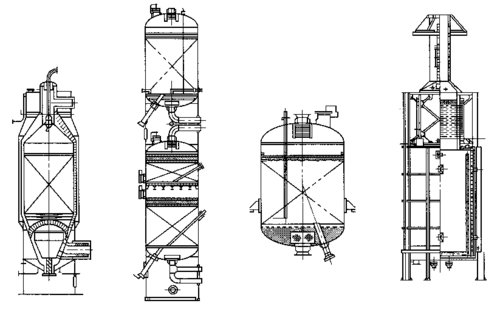After desulfurization, if the sulfur content in the feed gas exceeds the design value, the primary reforming catalyst will be poisoned and its activity will decrease. At the same time, it will cause carbon deposition, increase the resistance drop of the reforming tube, reduce the gas flow rate, and overheat the furnace tube wall.
Therefore,ensuring that the sulfur content in feed gas meets the standard, we should strengthen the desulfurization management. The hydrodesulfurization unit operates stably, the total sulfur content at the outlet is usually <0.05×10-⁶ during normal operation, and the possibility of catalyst sulfur poisoning is low. However, during the start-up and shut-down stages, it is necessary to use hydrogen outside the system for desulfurization and hydrogen addition in a timely manner, and strengthen the analysis and monitoring of the desulfurization outlet to avoid excessive sulfur content.
